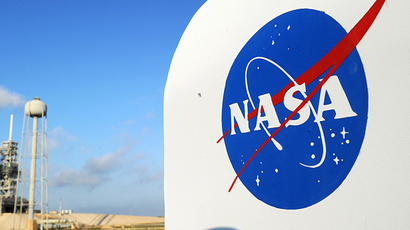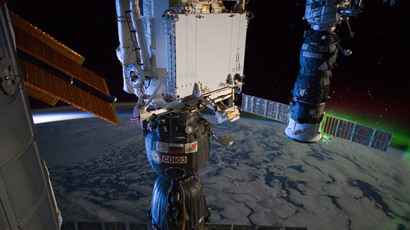Sea level rise threatens NASA space facilities with drowning

A rise in sea levels due to global warming is threatening the majority of NASA’s launch pads as well as some of their other key facilities and important historic sites across the US, a new report has found.
Five of NASA’s seven centers are located along the coast as water is an important part of launching rockets and testing space craft.
From the Kennedy Space Center at Cape Canaveral in Florida to Mission Control in Houston Texas NASA is hastily constructing sea walls and in some cases moving facilities further inland, according to a new report by the Union of Concerned Scientists.
Many of the NASA space centers including the Wallop Flight Facility on the Virginia coast have already suffered costly damage from rising water, coastal erosion and winter storms and hurricanes.
“According to NASA’s planning and development office, rising sea levels are the single largest threat to the Kennedy Space Center’s continued operations,” say the authors of the report, referring to the iconic launch pad where the Apollo mission to the moon were launched.
For instance, the Kennedy Space Center regularly suffers from storm surges that have breached the sand dunes near the launch pads. While, at the Johnson Space Center in Houston Texas, where the Apollo missions were launched, more than 160 buildings were damaged by Hurricane Ike in 2008.
The Wallop Flight Facility in Virginia saw the launch of more than 16,000 rockets – the sea has already risen by 23 centimeters since it was opened in 1945.

But so much money has been invested into these places over such a long time period that to rebuild them elsewhere would be extremely difficult.
“Retreat is the way to go here, because you just can’t like, get up and move. The infrastructure is too great here. They are tearing down buildings that are at the water’s edge and building new structures as far back as we can against the property line,” Russell De Young, of the science directorate at Langley, told AFP.
De Young, who is one of the NASA scientists tasked with monitoring climate change and its impact on NASA’s facilities, said that they are trying to make small changes over the coming decades so if and when there is catastrophic weather event, they will be prepared.
The Langley Research Center in Virginia, a $3.5 billion facility, including a supersonic wind tunnel, is forecast for a 30 centimeter sea level rise by2100.
“This is not imminent. With sea level rise you can always manage it, but if a hurricane hits us, that is what worries us. The combination of the two is a devastating blow that we dread,” he said.
The report also listed a number of historic sites in the US, which are also under threat by rising sea levels, including the Statue of Liberty and the first permanent British colony in North America on Jamestown Island, Virginia.

The Cape Hatteras Lighthouse in North Carolina, one of the most famous landmarks in the US was already moved inland in 1999. Sea level rises on the Outer Banks where it is located were two to three times the global average and the number of hurricanes reaching category 4 or 5 has doubled since 1970.
President Obama called on all government agencies to prepare for climate change in 2009. Data from the Energy Information Administration (EIA), showed a 12% reduction in US carbon dioxide emissions in the 2005 to 2012 period.
However, there are some people among the scientific community who do not attribute global warming to the activities of mankind.
Dr. Fred Singerhead professor emeritus at the University of Virginia, and directs the Science & Environment Policy Project which has produced a series of scientific Non-Intergovernmental Panel on Climate Change (NICPP) says the sea will continue rising whatever governments may do.
“Neither the overall warming trend or sea level rise began with fossil-burning industrial Revolution. Sea level first rose during the little Ice Age from about 1400-1859 AD, a period which was considerably colder than now,” he told Forbes magazine.
“The end of the last Ice Age 18,000 years ago caused the sea level to rise by a huge amount, about 400 feet. The oceans will continue to rise, despite anything President Obama may attempt in order to stop them,” he added.















